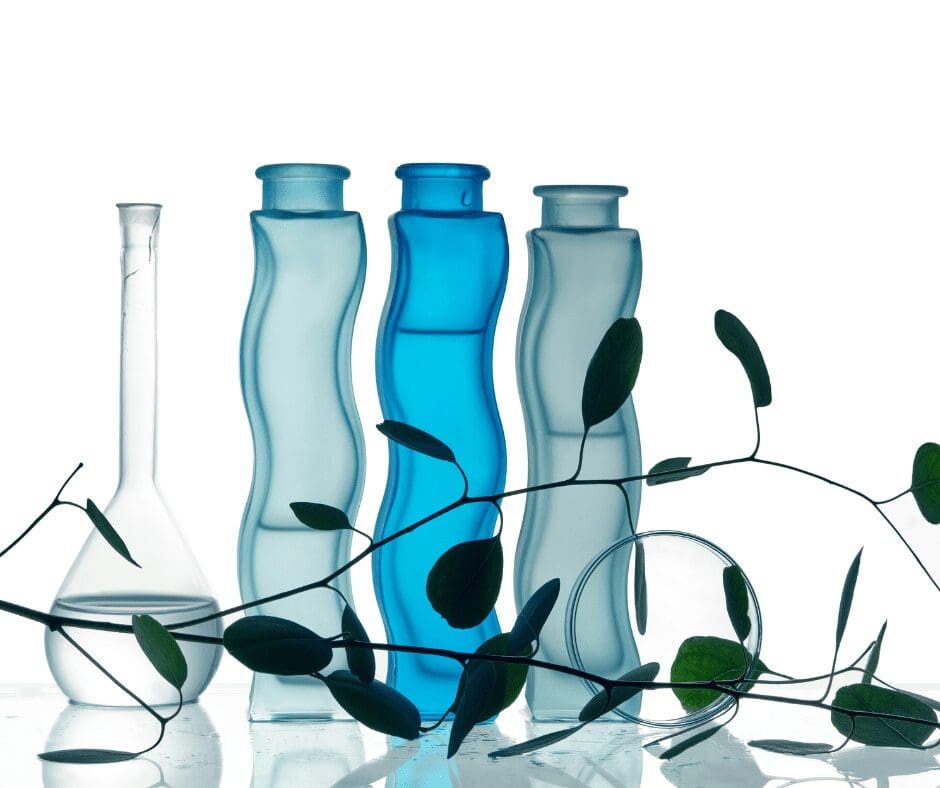
Glass decoration has been a cherished art form for centuries, capturing the imagination of artists and admirers alike. While the vibrant play of colors on glass has long held a special place in this craft, there’s a subtler, yet equally captivating approach that can elevate your designs: monochromatic variations. In this post, we’ll explore the allure of monochrome and how it can transform your glass creations from the ordinary to the extraordinary.
What Are Monochromatic Variations?
Monochromatic variations involve the use of a single color, exploring its different shades, tones, and tints to create stunning visual effects. By expertly manipulating light and shadow, artists can add depth and intrigue to their work, offering a sophisticated alternative to the traditional rainbow spectrum.
Embracing the Art of Subtlety
Monochromatic glass decoration invites artists to delve into the nuances of a single color. By focusing on tonal ranges and the interplay of light and dark, you can create pieces that are rich in depth and dimension. This approach allows for a more controlled exploration of light and shadow, resulting in artwork that is both refined and captivating.
Techniques for Monochromatic Glass Painting
Layering and Translucency
One of the key techniques in monochromatic glass decoration is layering. By applying translucent paint in layers, you can achieve varying degrees of opacity, creating a sense of depth. This method lets light pass through the glass, revealing the delicate subtleties of your chosen color.
Shading and Gradients
Mastering shading and gradients is essential for creating smooth transitions from light to dark, giving your artwork a three-dimensional feel. Whether using brushes or airbrushes, these techniques allow for a rich exploration of your chosen color’s full range.
Etching and Texturing
Adding etching and texturing techniques can introduce an extra layer of interest to your monochromatic designs. By selectively removing paint or applying special textures, you can create intricate patterns that add depth and complexity to your work.
Negative Space
Effectively utilizing negative space can make your monochromatic glass decorations truly stand out. By leaving parts of the glass unpainted or lightly tinted, you allow the natural color of the glass to interact with your artwork, creating a dynamic and engaging composition.
Unleashing Your Creativity
Monochromatic variations challenge you to think creatively within the boundaries of a single color. With a limited palette, you’ll need to rely on your ingenuity to convey emotions, tell stories, and connect with your audience. This approach offers a fresh perspective, encouraging you to explore the subtle beauty and power of one color.
The Beauty of Monochromatic Glass Art
Monochromatic glass decorations possess a unique elegance that sets them apart from multicolored designs. Their sophistication can complement a wide range of interior styles, making them perfect for home decor or artistic installations. These artworks create a serene and refined atmosphere, offering a moment of calm and reflection.
Let JAFE Decorating Guide Your Creative Journey
Inspired to explore the world of monochromatic glass decoration? JAFE Decorating is here to support your artistic endeavors. Whether you’re new to the craft or an experienced artist looking to push your boundaries, we provide expert guidance, materials, and support to help you create something truly special.
In Conclusion
Monochromatic variations offer a refined approach to glass decoration, allowing artists to explore the depths of a single color and create mesmerizing works of art. Step beyond the rainbow and discover the beauty of monochromatic glass art. Let your creativity shine, and when you need expert assistance, JAFE Decorating is here to help you along your artistic journey.